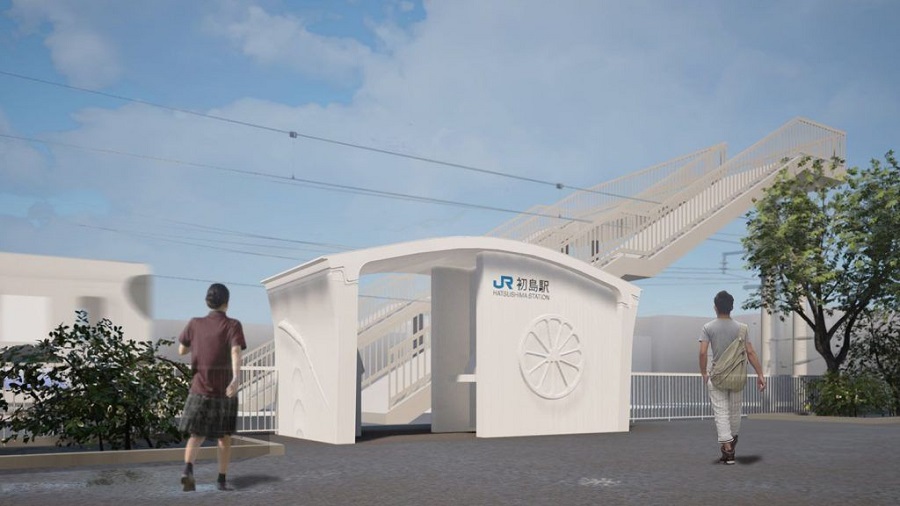
Japan Builds World’s First 3D-Printed Railway Station in Just 6 Hours
In a historic first for public infrastructure, Japan has unveiled the world’s first fully 3D-printed railway station, constructed in just six hours. Located in Hatsushima, a coastal town in Arida, Wakayama Prefecture, the station replaces a 75-year-old wooden building with a sleek, modern concrete structure, signaling a bold step forward in sustainable construction.
Rapid 3D Printing Revolutionizes Railway Construction
The innovative project was the result of a collaboration between a major railway operator and a 3D-printing technology company. Prefabricated components were produced using a 3D concrete printer at an off-site facility over the course of seven days. These parts were then transported to the site and assembled overnight—construction began at 11:57 PM after the final train departure and was completed by 5:45 AM, before the arrival of the first morning train. This approach ensured there was zero disruption to rail services during the upgrade.
Design Embeds Local Identity
Measuring about 10 square meters and standing 2.6 meters tall, the new station may be compact, but it has been thoughtfully designed. Its walls feature decorative reliefs depicting regional cultural elements such as mandarin oranges and beltfish, nodding to local specialties. Though currently lacking seating, the structure will soon be equipped with ticket machines and other public-use facilities in preparation for its opening to passengers in July.
Solution for Aging Rural Infrastructure
This station symbolizes more than just a technological milestone—it offers a viable solution for rural infrastructure challenges. Many of Japan’s countryside stations are deteriorating due to declining usage and constrained budgets. With this model, railway operators aim to maintain vital services affordably while also modernizing transportation infrastructure. The drastic reduction in labor, time, and construction costs through 3D printing presents a compelling case for replication across other low-density regions.
Japan’s 3D-printed railway station stands as a testament to the future of construction—fast, efficient, environmentally friendly, and community-oriented. It is likely to inspire similar efforts worldwide, transforming how public infrastructure is built and maintained in the years to come.


















